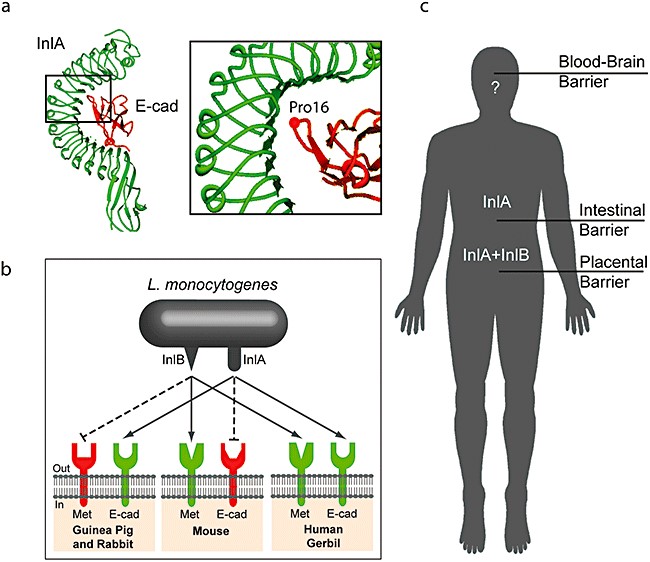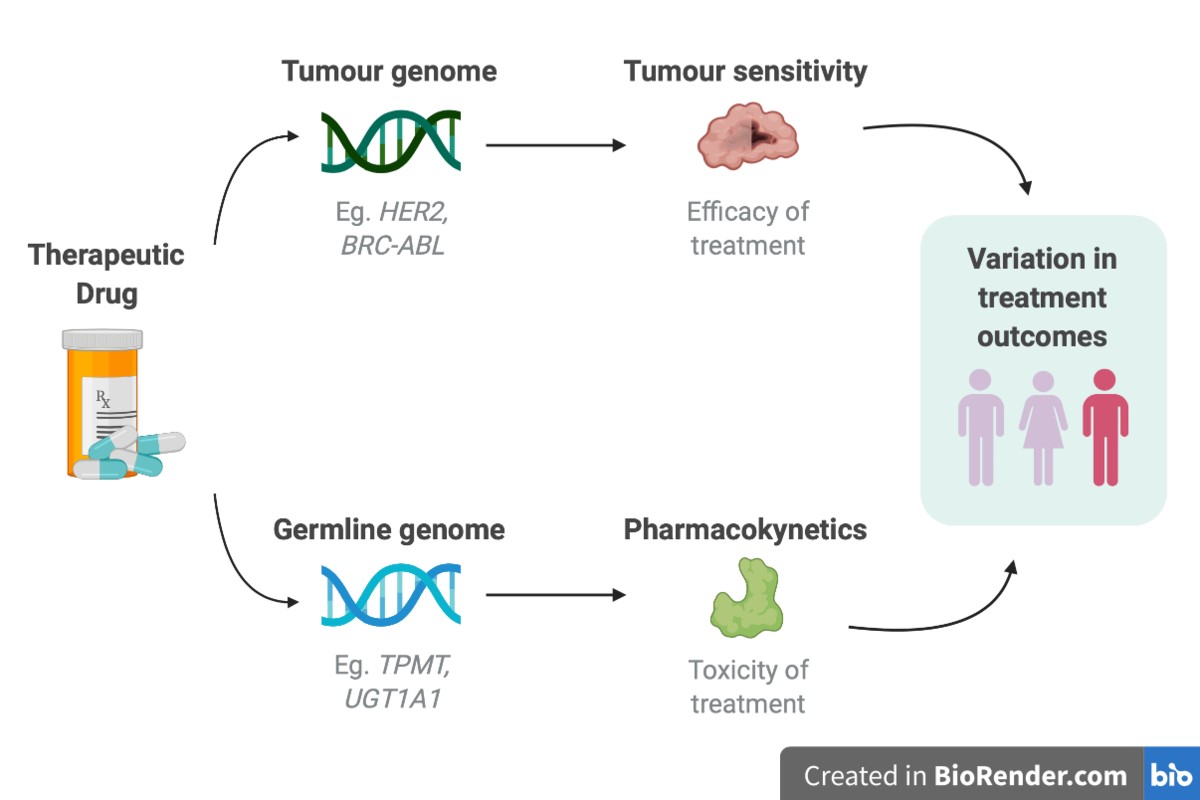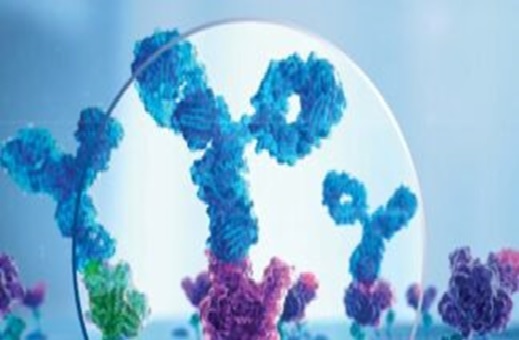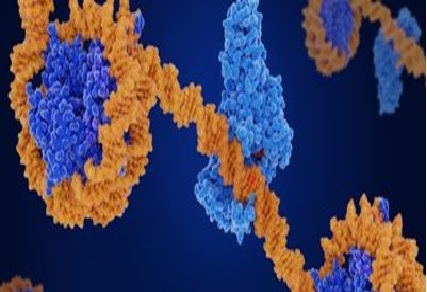Conquering HIV-1: Dual CRISPR Gene Editing Revolutionizes Treatment, Paving the Way for A Potential Cure
Researchers at Temple University's Lewis Katz School of Medicine have discovered that genetic alterations causing the rare disorder MOGS-CDG also confer protection against viral infections. Capitalizing on this finding, they have developed a gene editing strategy that specifically targets HIV-1, aiming to eliminate the infection without harming cells. By combining two gene-editing constructs, they successfully disrupted HIV-1 DNA and modified the MOGS gene, resulting in the prevention of infectious HIV-1 particles. This innovative approach has the potential to revolutionize HIV-1 treatment by targeting the virus while leveraging the protective effects of MOGS gene alterations.
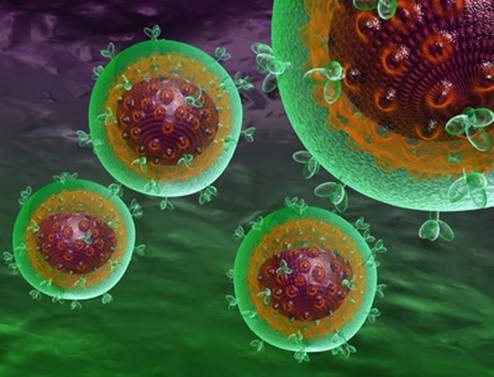
Figure .1 Gene Editing Breakthrough: A Promising Path to Conquer HIV-1
Figure 1 shows Researchers at Temple University's Lewis Katz School of Medicine, led by Kamel Khalili, PhD, and Rafael Kaminski, PhD, have made a ground breaking discovery in the search for an HIV/AIDS cure. Their study, published in Molecular Therapy—Nucleic Acids, outlines a combined gene editing-based strategy to control and eliminate HIV-1. Khalili holds esteemed positions at the medical school and directs key centres focused on neurovirology and gene editing. Kaminski is an assistant professor in the same field. This research represents a significant advancement in the quest for an HIV/AIDS cure and demonstrates the team's commitment to leveraging gene editing to combat this global health challenge.
Proper functioning of the MOGS gene is essential for glycosylation, a process that modifies cellular proteins for stability and function. However, certain viruses exploit glycosylation for their entry into host cells. The HIV-1 envelope protein's glycosylation plays a critical role in viral particle formation and entry. Although glucosidase inhibitors showed side effects, targeting MOGS for viral entry suppression remains a powerful antiviral strategy. A selective approach to suppress MOGS in infected cells is proposed to avoid non-specific side effects. This understanding opens avenues for therapeutic interventions and highlights the importance of specific targeting in antiviral therapies.
it is reasonable to predict that, in a clinical setting, after reactivation of latent proviral DNA by latency-reversing agents (LRAs) and the expression of Tat, when ART treatment is interrupted, the overall outcome will be the appearance of non-infectious virus with no ability to spread after rebound from the reservoir," they continued. Indeed, the combination treatment with CRISPR, which excises a stretch of proviral DNA while having no effect on Tat synthesis, adds to the removal of non-infectious viral particles."[1]
Senior investigator Khalili expressed his enthusiasm for the conceptual significance of this approach, stating that by targeting MOGS and disrupting glycosylation, the virus's ability to enter cells can be mitigated. This highlights MOGS as a potential additional target, alongside integrated viral DNA, for the development of future CRISPR gene-editing technologies aimed at eliminating HIV. This recognition underscores the potential of this research in advancing the field of HIV treatment and eradication strategies.
Kaminski and Khalili, in collaboration with Tricia H. Burdo, have been conducting preclinical studies to evaluate the effectiveness and safety of the CRISPR-MOGS strategy. Previous research by the team has demonstrated the successful removal of viral DNA using CRISPR-based technology in non-human primates. The authors propose a proof-of-principle design for a novel and safe approach that involves interrupting antiretroviral therapy (ART) to control viral load, followed by the use of latency-reversing agents (LRAs) to induce CRISPR expression tailored for HIV-1 elimination and MOGS inactivation. They speculate that the presence of non-infectious viral particles may stimulate the immune system to target any remaining infectious virus, potentially leading to the permanent elimination of HIV-1 and providing protection against reinfection in people with HIV. This research offers promising insights into the development of a potential cure for HIV/AIDS.
References:
- https://www.genengnews.com/topics/genome-editing/dual-crispr-gene-editing-strategy-could-eliminate-hiv-1-and-enable-cure/
Cite this article:
Janani R (2023),Conquering HIV-1: Dual CRISPR Gene Editing Revolutionizes Treatment, Paving the Way for A Potential Cure, AnaTechMaz, pp.173



